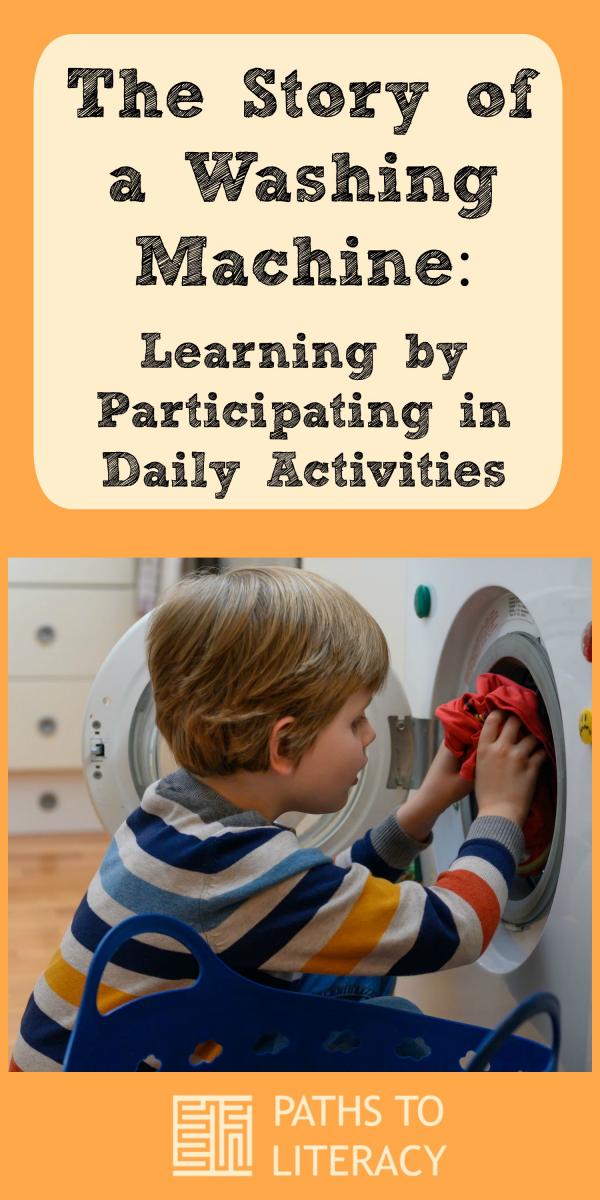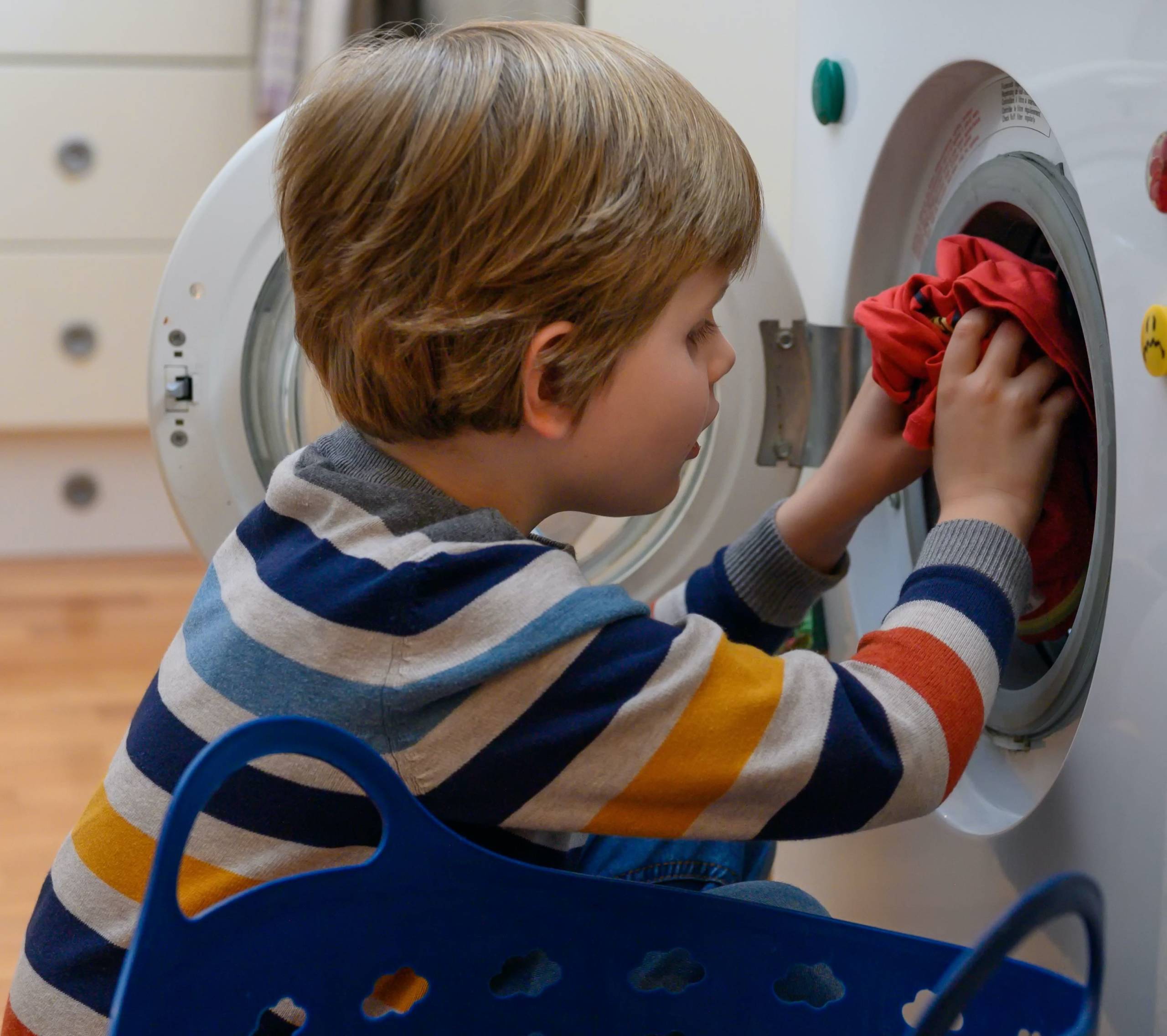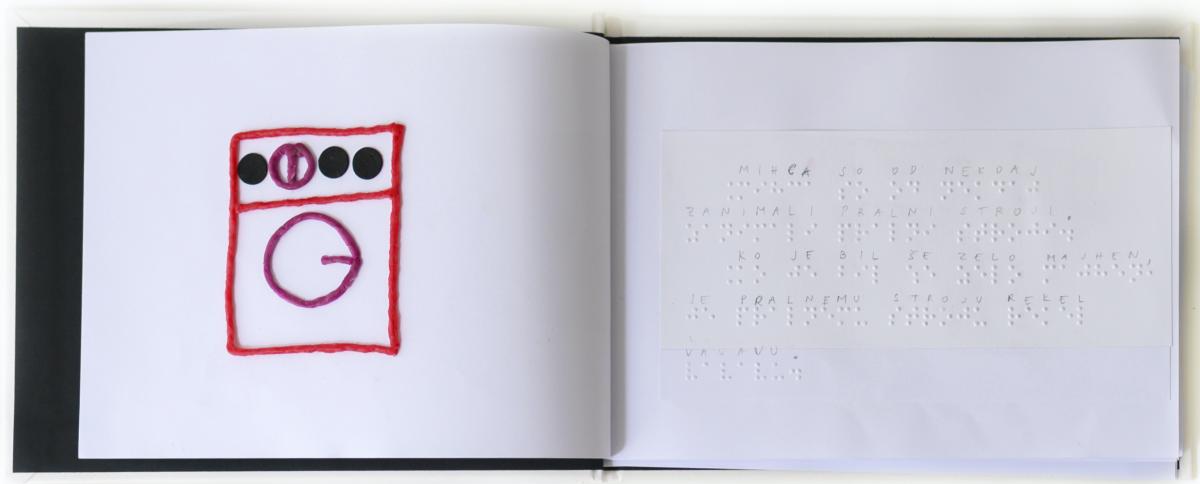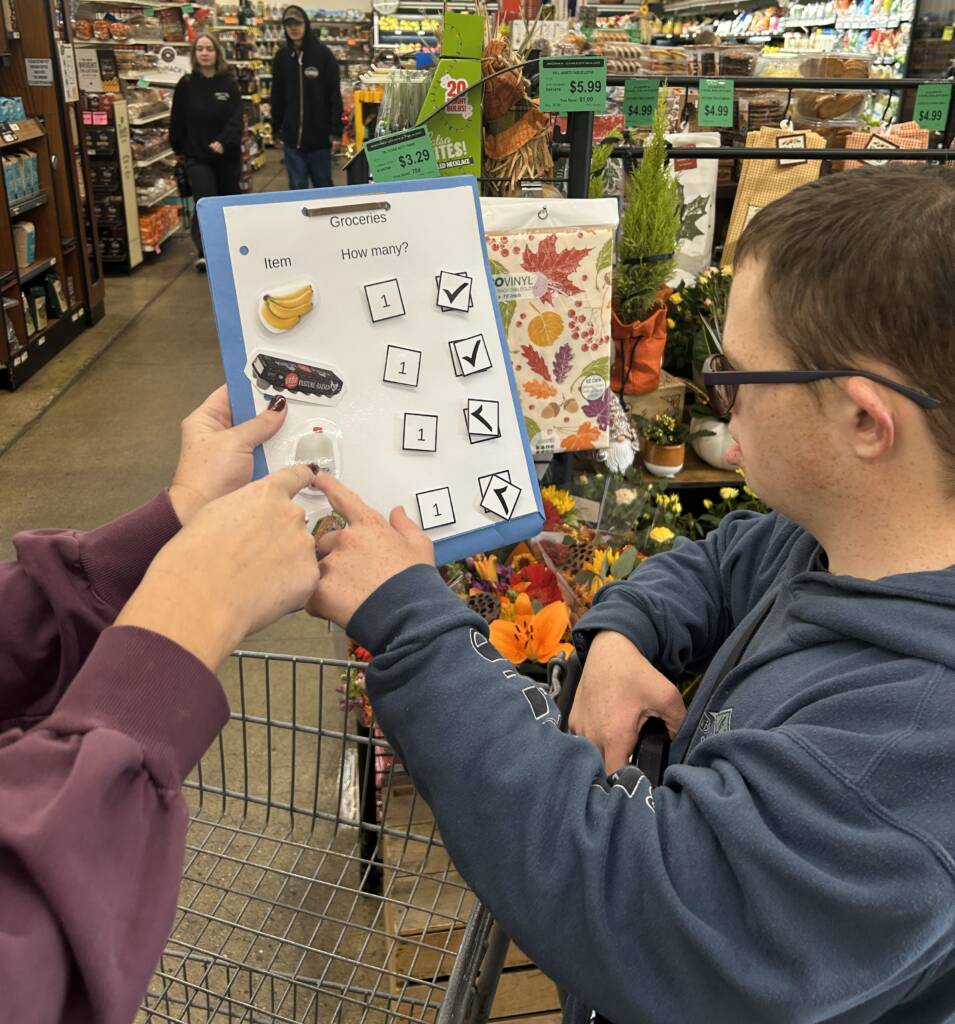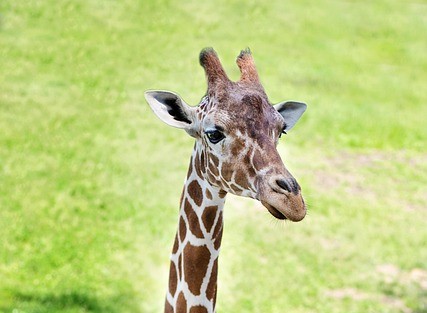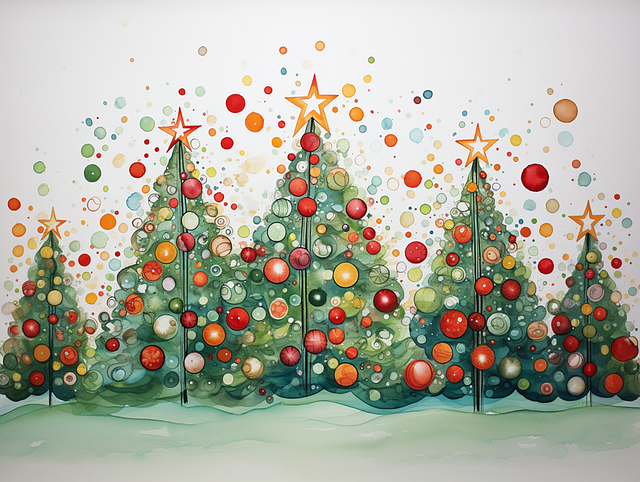Miha is a 6-year-old boy born with LCA (Leber congenital amaurosis) and is legally blind with only light perception. He was included in an early intervention program from a very early age, which was a good thing, but also a challenge. The TVI (teacher of the visually impaired) told us about the timeframe during which a child is supposed to master certain tasks, and we sort of expected him to follow the exact age and timeline she stated. But children are not robots and one cannot just switch them on and off as it suits our agenda. So, we had a certain period of adjustment and usually over-reacted when Miha did not want to cooperate for whatever reason. There was a lot of crying and. on the whole, he was doing just about everything else but the TVI tasks. I was all stressed out thinking how we were losing valuable time that could never be recovered. Sound familiar?
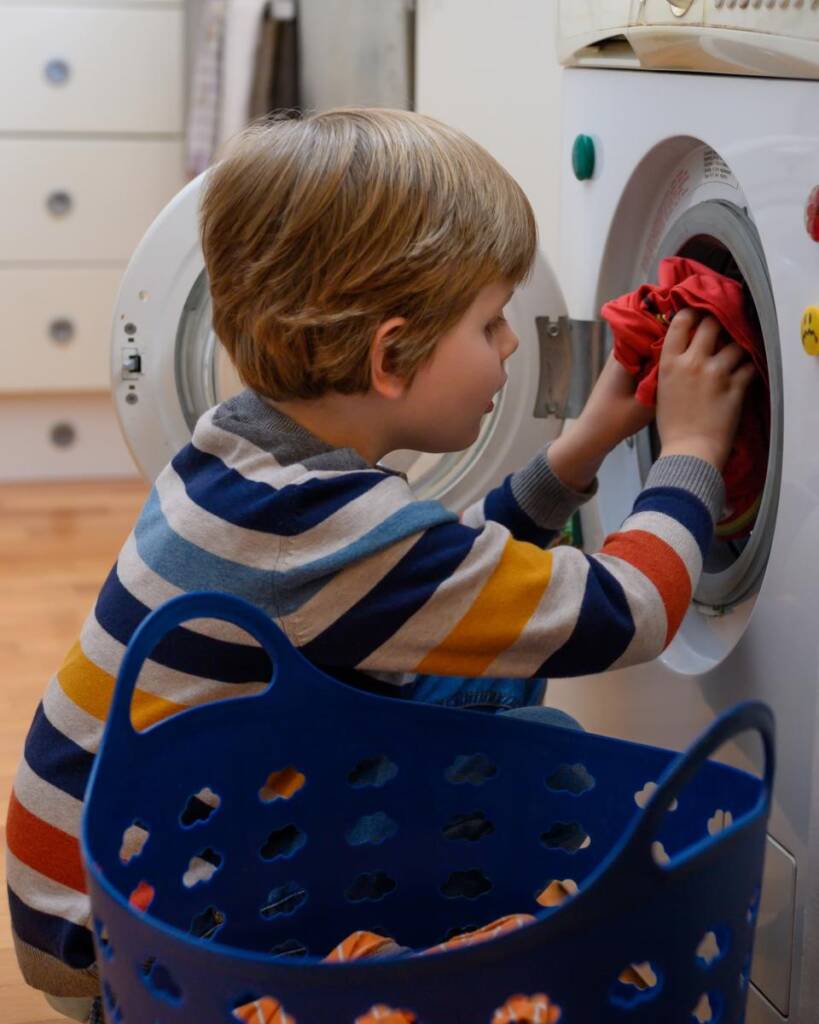
Anything Can Be a Source of Learning
Finally, I realized that we needed to bring early intervention into our daily life by including the tasks into everyday activities and situations. This prompted incidental learning, that is it gave Miha the opportunity to explore and learn concepts through routine activities in the natural environment. I realized that just about anything can be a source of learning. As it turned out, even a washing machine and doing the laundry.
As with most European households, we keep the washing machine in the kitchen under the counter. When Miha started to explore the home environment, the washing machine fascinated him. One of his first words for it was “WAWAVU”. We assumed he was mimicking the sound of a washing machine water pump.
Concept Development: Explore the Washing Machine
He began opening and closing the washing machine doors a lot. That was an opportunity to explain to him the concept of OPEN-CLOSE-DOORS that he associated also with room doors that are bigger (concept BIG/SMALL), made from different materials (WOOD vs. PLASTIC).
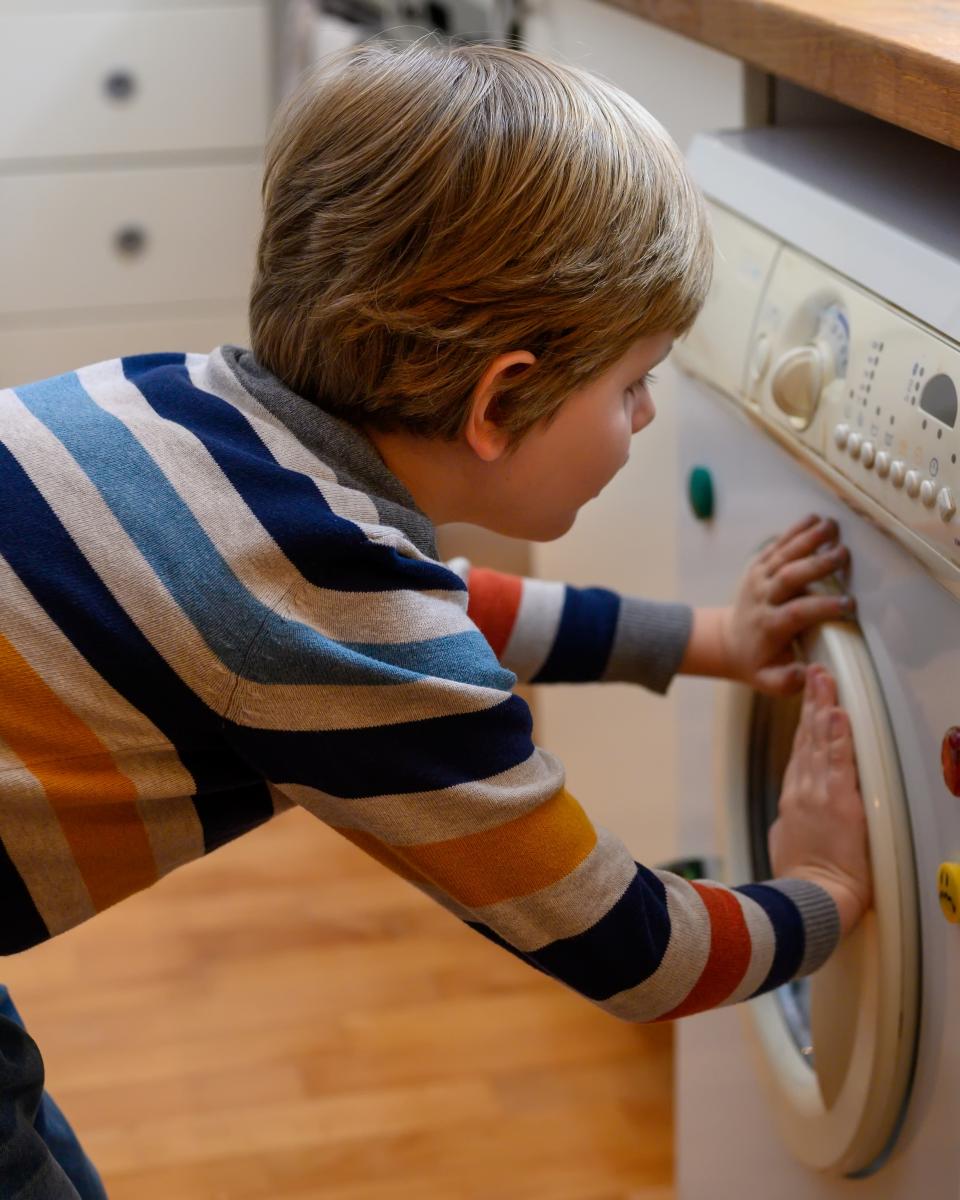
Then he started to explore the inside of the washing machine. (*Please keep the machine unplugged from electrical current when a small child is near and be always present while the child is exploring any utility device.) First he realized that the drum is a HOLE and he began to throw small toys inside. This helped to reinforce the concept of IN-OUT. Then he discovered that the drum turns and that the toys inside are turn at the same time. This gave us a chance to talk about the positional concepts of UP and fall DOWN. These were also his first lessons in understanding the effects of gravity. (SCIENCE!)
Using a Model to Represent the Whole
We bought him a small scale washing machine toy to give him a sense of how a washing machine looks like as a whole. Again this presented an opportunity to learn about shapes – ROUND door, SQUARE box, to understand the difference between a MODEL (toy) and a REAL OBJECT (washing machine).
As he grew bigger, we started to play the laundry game. He helped me to fill the real machine with dirty laundry, but he also played with the toy model at the same time. This was an opportunity to develop SYMBOLIC PLAY. It was a time to learn the concept of DIRTY/SMELLY – CLEAN/FRESH SCENT. He also started exploring the buttons, what they do, learning that EVERY BUTTON HAS A FUNCTION. In time he learned to operate the washing machine – learned about TEMPERATURE: colder water for sensitive clothes, warm water for bedding. This was also an opportunity to work on tactile discrimination: SOFT, THICK FABRIC, SENSITIVE SILK vs. STRONG WOOL and shapes: STOCKS, T-SHIRTS, PANTS. This gives him a chance to work on matching and sorting skills, as well as talking about size order (big, bigger, biggest) and to practice counting (how many socks?) You can also start a conversation about light, thin clothes that we wear in the summer in contrast to warm, thick heavy clothes we wear in the winter time and learn about SEASONS.
Developing a Sense of Independence
Miha is now in charge of operating the washing machine. He helps me with loading the laundry and then he chooses the appropriate controls by pressing and turning the buttons. This gives him a feeling of INDEPENDENCE and involvement in our everyday lives.
When he started to learn braille, we also labeled the washing machine with braille labels. He quickly realized that the name of our washing machine is different from the one his grandmothers had. He learned that even though items were similar, they can have different names with different buttons and doors, but still serve the same purpose.
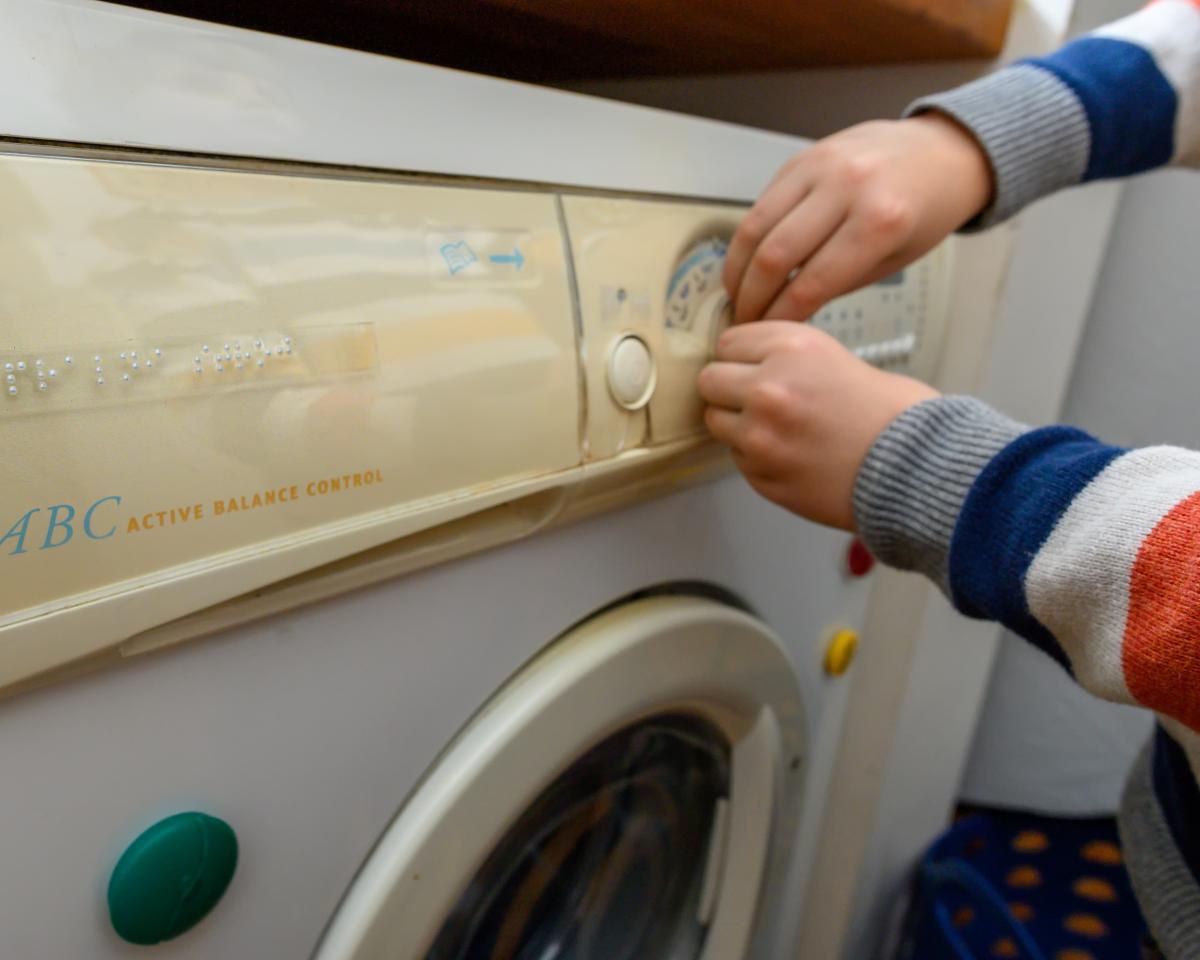
Creating an Experience Book to Reinforce Concepts
To help Miha learn to read braille, we created a short book titled “Miha and the Washing Machine”, giving him the leading role in the short story. This way he can read about things that he knows and that are meaningful to him. It is full of tactile illustrations using materials like WikkiStix and different fabrics representing clothing. This again helps him to understand the REPRESENTATION of real objects.

Text of “Miha and the Washing Machine”
Original in Slovenian
Mihca so od nekdaj zanimali pralni stroji.
Ko je bil še zelo majhen, je pralnemu stroju rekel vavavu.
Vedno je rad raziskoval boben pralnega stroja.

Teaching your child through participation in daily activities makes it easier for your child to learn and at the same time gives him a feeling of involvement. Learning becomes spontaneous and less demanding; the child is connecting with us and learning at the same time.
